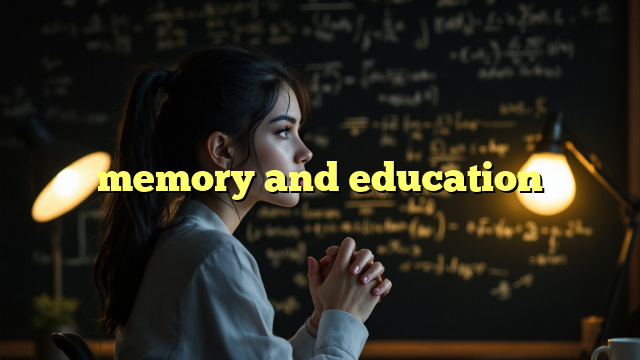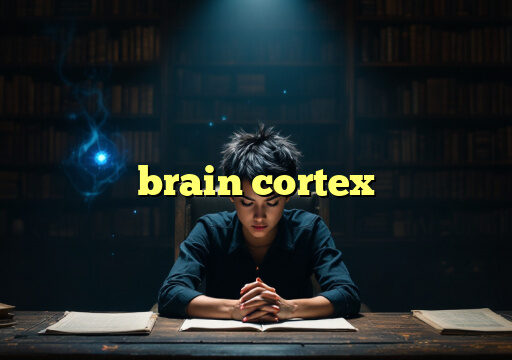In the field of education, memory plays a crucial role in the learning process. Memory is the cognitive function that allows us to store and retrieve information. It's essential for acquiring new knowledge, retaining information, and recalling it when needed. Understanding how memory works can help educators create effective teaching strategies that enhance students' learning experience.
Types of Memory
There are different types of memory that are involved in the learning process:
- Short-term memory: This type of memory holds information for a short period of time, typically less than a minute. It's responsible for processing and storing information temporarily.
- Long-term memory: Long-term memory stores information for an extended period, sometimes for a lifetime. It's where we store knowledge and experiences that we can access when needed.
- Working memory: Working memory is responsible for holding and manipulating information in real-time. It's crucial for tasks that require multitasking and problem-solving.
The Role of Memory in Education
Memory is essential in education as it helps students retain information presented in the classroom. When students can effectively encode information into their memory, they can easily retrieve it during exams or when applying knowledge in real-life situations.
Here are some ways in which memory impacts education:
- Retention of knowledge: Memory allows students to remember facts, concepts, and skills taught in class.
- Critical thinking: By recalling information stored in memory, students can analyze and evaluate problems effectively.
- Problem-solving: Memory helps students apply previous knowledge to solve new problems and challenges.
- Creativity: Memory enables students to draw connections between different concepts and generate creative ideas.
Improving Memory in Education
There are several strategies that educators can use to enhance memory in the classroom:
- Repetition: Reviewing information multiple times helps reinforce memory.
- Visualization: Using visual aids such as diagrams, charts, and videos can enhance memory retention.
- Chunking: Breaking down information into smaller chunks makes it easier to remember.
- Active learning: Engaging students in interactive activities and discussions can improve memory retention.
Conclusion
Memory plays a vital role in education by helping students retain and recall information effectively. Educators can use various strategies to enhance memory in the classroom, such as repetition, visualization, chunking, and active learning. By understanding how memory works and implementing these strategies, educators can create a conducive learning environment that promotes student success.
FAQs
Q: How does memory impact learning?
A: Memory is crucial for learning as it allows students to retain and recall information presented in the classroom. Without memory, students would struggle to acquire new knowledge and apply it in real-life situations.
Q: What are some effective memory strategies for students?
A: Effective memory strategies for students include repetition, visualization, chunking, and active learning. These strategies help students encode information into memory and retrieve it when needed.
Q: How can educators enhance memory in the classroom?
A: Educators can enhance memory in the classroom by incorporating interactive activities, visual aids, and repetition into their teaching methods. These strategies help students retain information and apply it effectively.
Unlock Your Mental Potential




